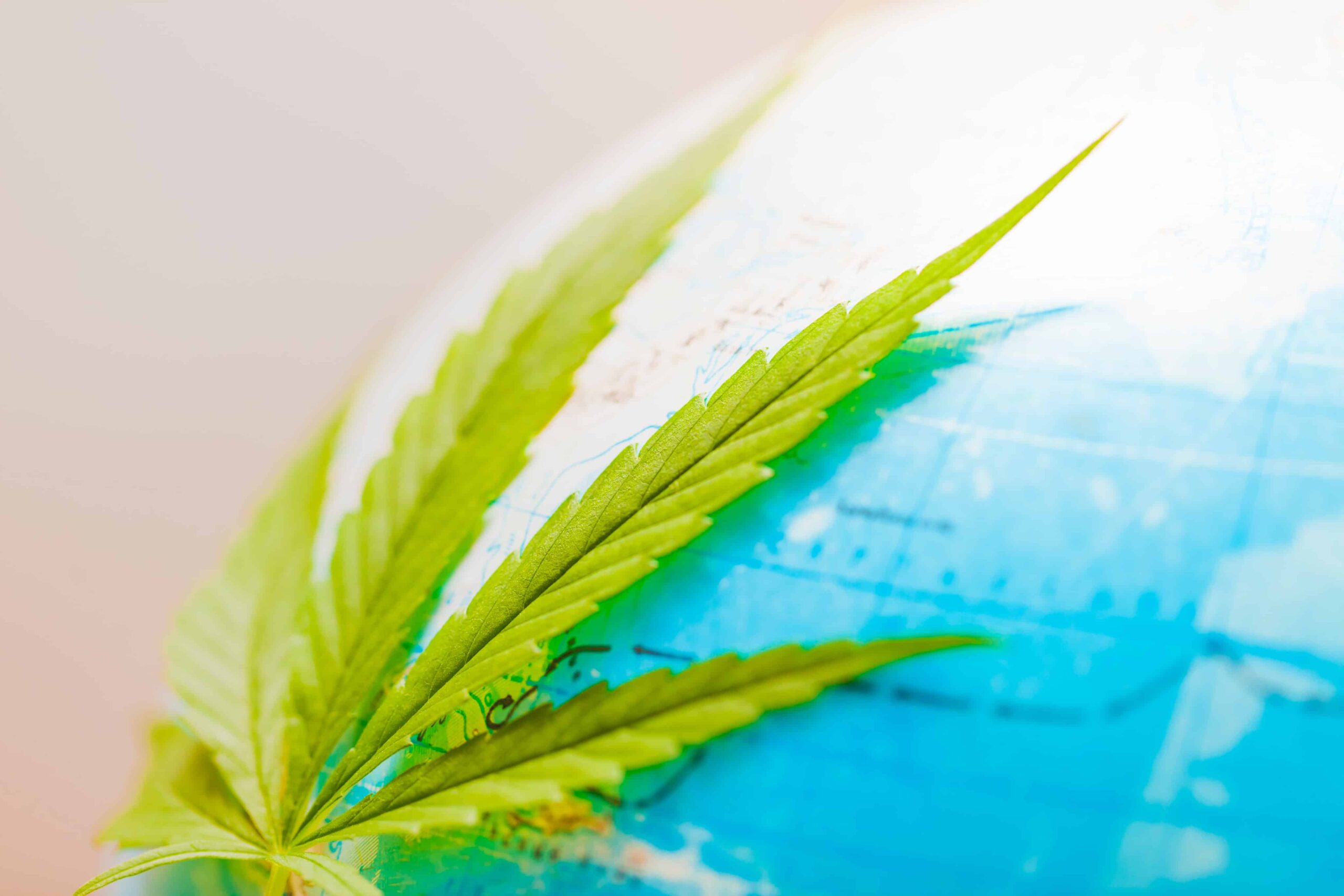
Republican congressmen push for environmental impact study on cannabis
Congressmen Earl L. “Buddy” Carter (R-GA) and Doug Lamborn (R-CO) touted statistics from multiple studies, one of which was over a decade old, in an attempt to portray cannabis as an environmentally harmful crop, arguing around the growing Competition for energy and the high electricity and water consumption of cannabis plants compared to other agricultural crops.
“The demand for prioritization of electricity consumption and increased energy efficiency is a growing concern for the American public,” the letter said. “It’s important for the nation to understand the burden that marijuana cultivation places on the power grid and the environment.”
The letter contained many disturbing statistics, some of which appeared to be based on outdated cultivation technology. The letter states that a module with four plants consumes as much electricity as 29 refrigerators, which is not quite worth considering that a domestic refrigerator uses between 100 and 250 watts of electricity (according to a cursory Google search) and the most commercial growers use 1000 watt high pressure sodium lights if they have not already switched to the newer LED models which draw around 300 watts. Not to mention that some growers put more than 10 plants under one light, so the information is a bit arbitrary to begin with.
The letter also advocated that “the annual electricity demand for cannabis cultivation will increase by 65% over the next decade.” However, this fails to take into account that many cannabis companies would choose to transition from an indoor cultivation model to an outdoor cultivation model if marijuana were federally legalized and the interstate cannabis trade opened up.
The letter to the respective heads of the Department of Energy, Environmental Protection Agency, Department of Interior and Energy Information Administration can be found here. Congressmen asked for answers to the following questions by November 30:
- How is current marijuana legalization affecting states’ energy use and emissions levels?
- How would federal legalization of marijuana affect national energy use and emissions levels?
- What is the expected growth in energy use and emissions from the marijuana industry?
- How will the growing energy demands of the marijuana industry affect the reliability of our power grid?
- How are illegal marijuana farms impacting the country’s water supply?
- What damage is the use of various fertilizers, herbicides, and pesticides by illegal marijuana growers causing to wildlife, habitats, and people in the United States?
A recent study published in early 2021 found that cannabis still uses a small amount of water compared to other agricultural crops, and that with proper planning and policies, cannabis need not pollute the environment even when grown en masse. The study made the following policy recommendations to ensure that the legalization of cannabis does not result in additional environmental pollution:
- Land use: Because cannabis is traditionally grown in environmentally sensitive areas, planning could minimize negative environmental impacts associated with cannabis expansion.
- Water Usage: Cannabis is often grown in areas where managing the timing and location of water withdrawal is critical to the environment.
- Use of Pesticides: Human routes of exposure to pesticide residues on cannabis are unique as they can be inhaled or ingested at high temperatures. Therefore, it is important that pesticide controls go beyond those of normal farming.
- Energy Consumption: Incentives for best practices could reduce the energy consumption of indoor and mixed-light cannabis cultivation.
- Air Pollution: By prioritizing science-based best practices, the impact on air pollution and air quality could be reduced.
For more details on these policy recommendations, see the full study here.

Post a comment: